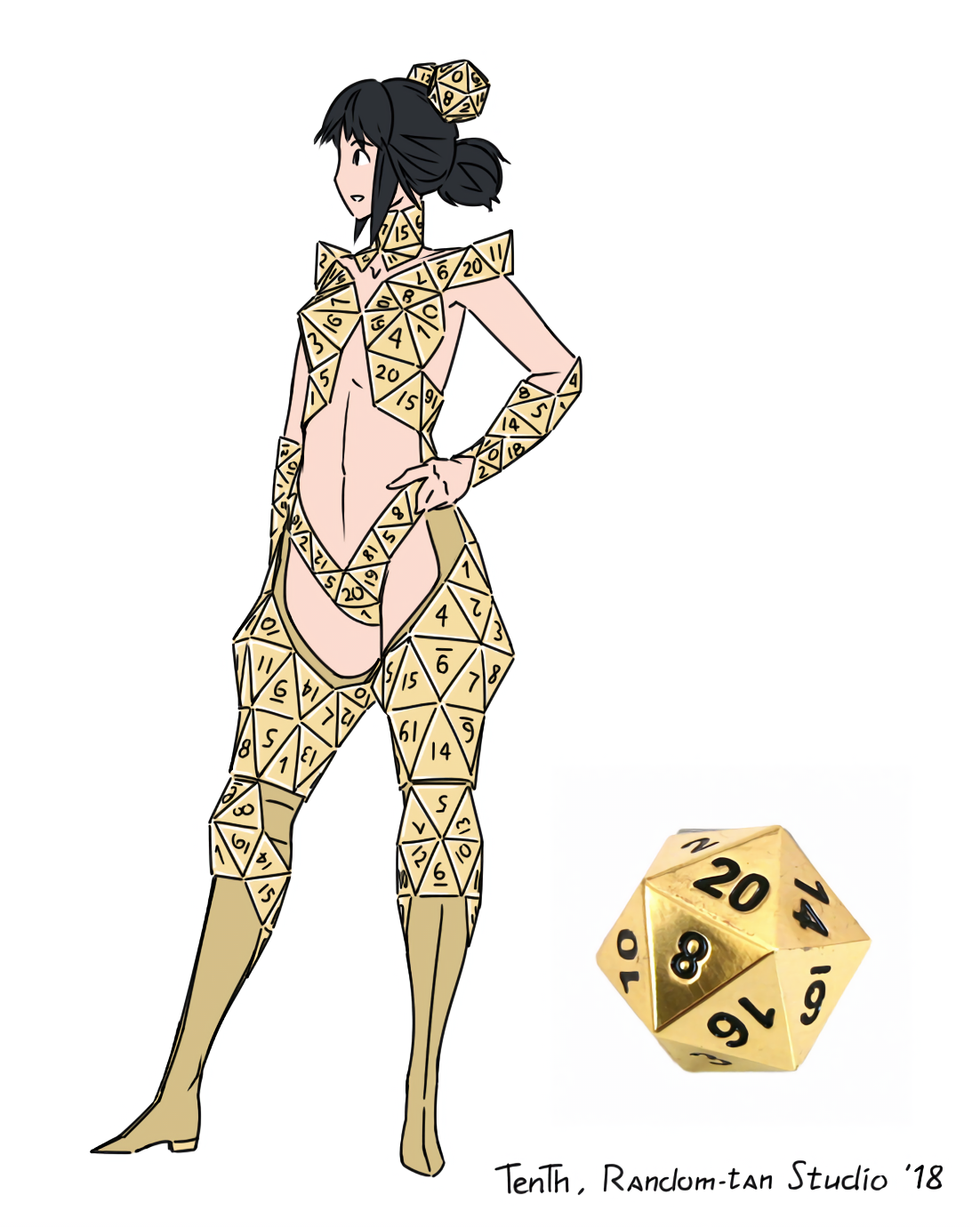Well, they're a team of 6 including a dedicated graphic design & marketing person and they've produced a video and FAQ too, plus they've succeeded at bringing the ICANN application fee down as a non-profit. Yes, "kinship-based infrastructure" rubs me the wrong way too but because it reeks of corporate investor talk, not AI. So I'm pretty sure they did take the time to write the article and every piece of text on the website. Not to mention the legal document (bound by Belgian law) that ensures the money goes towards the stated mission.
I don't like that a big tech corporation can register .meow too but there's no avoiding that. Even the Catalan domain, whose purpose is to promote their language and culture, has seen "misuse" such as nyan.cat.















Not yet, the TLD application needs to be submitted (that's what costs all that money) and approved, so it will take about 1.5 years if successful.
What's your 🏴Catalan project BTW?